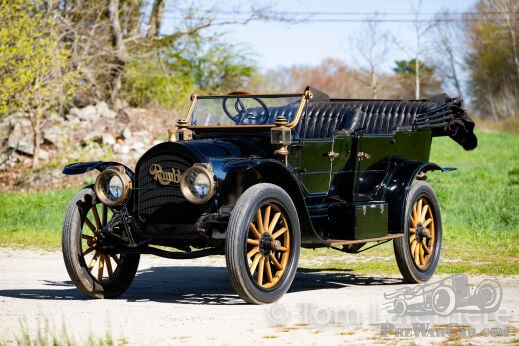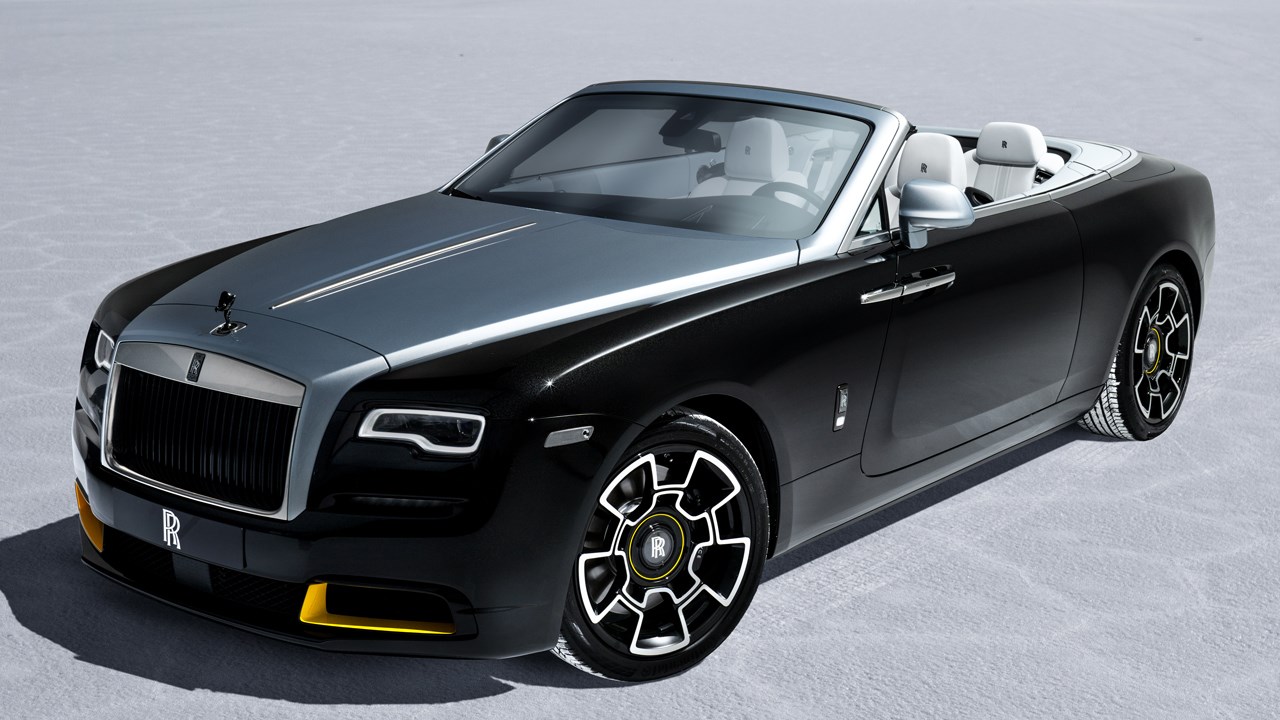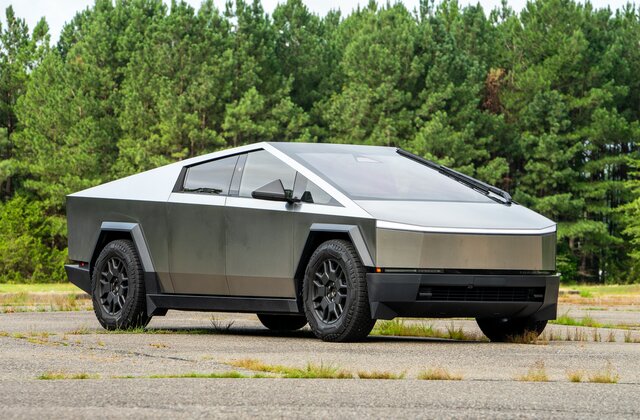One such type of early American automotive engineering is the 1900 Rambler constructed by the Rambler Automobile Company. Like not as many others of the vintage cars this Rambler 1900 doesn’t require to prove any expert heart by putting anything at stake because it is already a piece playing an important role in vehicle design & creation during early years of twentieth century with accompanied pain and pleasure. Historical Background and Evolution One of the oldest car manufacturers in early days America, it was founded on March 2nd, 1897 in Kenosha Wisconsin to create Rambler automobiles. It started out as a bicycle manufacturing company but very soon moved towards the making of autos due to its growing demand in the motor vehicle market that was developing. The turn of the century was filled with many advancements and innovations in automotive manufacturing, design and even technology. The 1900 Rambler landed after a sea change within the automotive industry. This was at a period when the automobile was shedding its experimental prototype status and becoming more of an everyday, usable thing. They were pioneers of early automotive innovation in combination with a future need for reliable and user-friendly transportational: Amazing to think how well they translated customer needs into production items, right from this first one.
Design and Specifications
The 1900 Rambler deserves a mention, as it was quite the utilitarian beast with rather unassuming equipment. This four-seat runabout was represented a staple body style of the period, nicely placing usability in fairly dimensional quarters. The car had a very simple design, with curved bodywork characteristic of early automotive styling. Beneath its skin, the 1900 Rambler housed a single-cylinder engine. There was a 6 hp engine available which provided not only power that the car needed but allowed it to achieve relatively respectable speeds for its time. The car used a simple layout for the powertrain, with chain drives from the motor to each rear wheel. This was a common arrangement in the types of early vehicles they were modeling on and it gave them good propulsion. The Rambler 1900 had a steel chassis, giving it an engineering leg up over the wood and metal frame construction common in earlier vehicles. Steel use was more preferred because it is stronger and has higher durability, ultimately improving the performance of a vehicle in itself. The truck also sported a rudimentary suspension tune (including FRONT AND REAR LEAF SPRINGS for increased ride compliance on the GA-NAWN roads of yesteryear). Something that set the rambler 1900 apart from other vehicles was its emphasis on practicality and simplification. The car was intended to be more affordable, in keeping with increasing consumer interest in automobiles as not only a luxury good but also acceptable basic transportation. This aggressive focus on a price-friendly and simplicity marketing strategy contributed to the Rambler 1900 becoming one of early auto sales successes.
Impact and Legacy
The Rambler 1900, though a bit more obscure than many of its contemporaries, played an important role in the evolution of early cars. Its utilitarian design and affordability lay squarely in the changing attitudes towards motor vehicles during the early 20th century. This vehicle was aimed at a larger movement — one where cars were being designed to be easier to drive and better suited for everyday use. Despite lukewarm sales the 1900 set in motion future market trends. As the features and design concepts of cars like the 1900 Rambler came to urban America, so did that idea — a concept which would inform automaking for decades. The Rambler name evolved over the years, and it ended up as part of American Motors Corporation (AMC). Ultimately, the Rambler 1900 lives forever as a reminder of those formative years in automotive history with an example or two surviving today to demonstrate how car people would not give up.
Conclusion
The 1900 Rambler was an important part of automotive history, the car helped initiate one of our first steps toward making automobiles more affordable and practical. However, the simplicity of its design and low power engine makes it a decent representation of your average pre-war vehicle for lugging cargo or delivering boot sauce to Grandma. As one of the first vehicles in the automobile’s evolution, it is a small sign that its makers have set something new on this old road—a fragment in automotive history.




